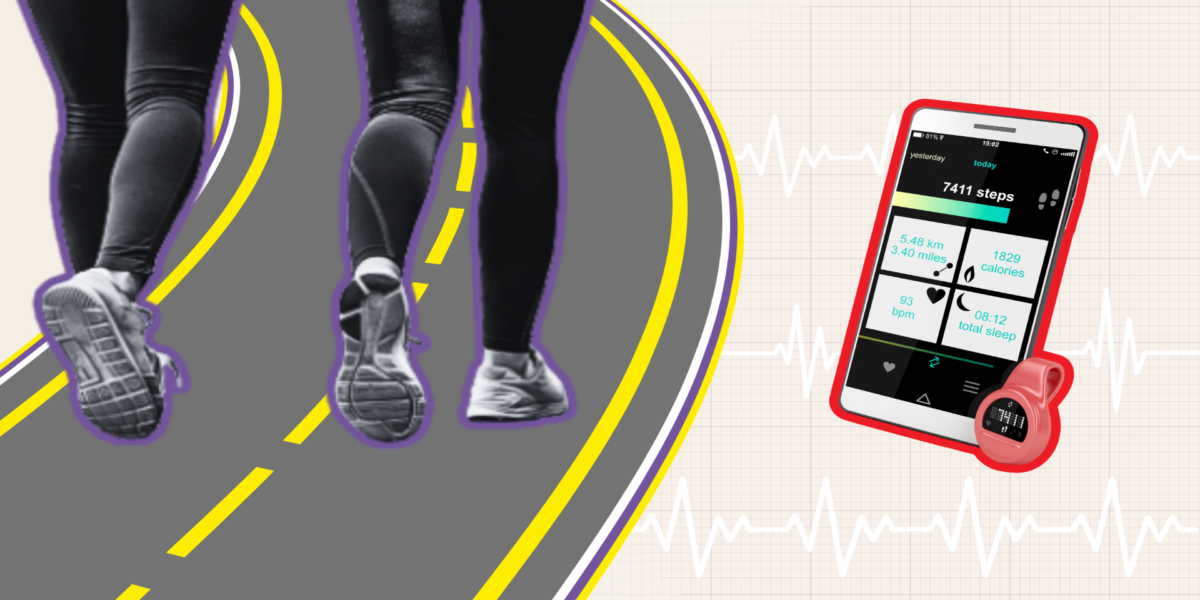A study involving more than 72,000 participants has revealed that taking between 9,000 and 10,000 steps daily can reduce the risk of death by over a third and lower cardiovascular disease risk by at least 20 percent. Researchers found that even smaller increases in daily steps yield health benefits.
Matthew Ahmadi, an epidemiologist at the University of Sydney and a co-author of the study, stressed, “Any activity is good activity. The more steps you take per day, the lower your risk of mortality and cardiovascular disease.” He noted that while reaching the 10,000-step goal is ideal, any increase in daily activity can significantly improve health.
Meanewhile, Ashley Goodwin, an exercise scientist at the Feinstein Institutes for Medical Research, highlighted that the study reinforces existing knowledge about the benefits of walking. She found it notable that the benefits of increased walking were similar regardless of how much time individuals spent sitting.
The study combined previous research linking higher step counts to better heart health and longevity with data on the risks associated with sedentary behavior. Researchers identified 10.5 hours of sitting per day as the threshold for “highly sedentary,” noting that risks increase exponentially beyond this point. They compared cardiovascular and mortality risks at various step counts to those of 2,200 daily steps, which only 5 percent of participants achieved.
Read More: Can AI chatbots replace human meantal health therapists?
Results demonstrated that both highly sedentary and less sedentary individuals experienced similar reductions in risk from higher step counts. Specifically, highly sedentary people began to see heart health benefits with as few as 4,300 steps per day, with the risk of heart disease decreasing by 10 percent. This benefit doubled at 9,700 steps per day.
Furthermore, a 20 percent reduction in mortality risk was observed starting at 4,100 steps, increasing to 39 percent at 9,000 steps. By 6,000 daily steps, highly sedentary individuals received similar benefits to those who were more active.
Mario Garcia, a cardiologist at Montefiore Medical Center, noted that the average American takes about 4,000 steps daily, suggesting significant room for improvement. “In the post-pandemic era, with more remote working and time spent at home, it’s important to counteract inactivity with simple activities like walking,” Garcia said. He also pointed out that individuals over age 60 saw the greatest benefits, likely due to rapid deconditioning with age.















